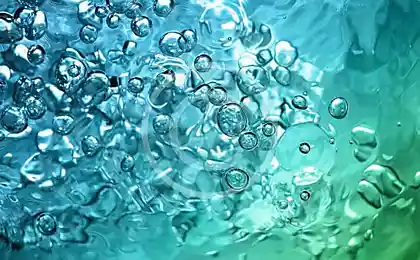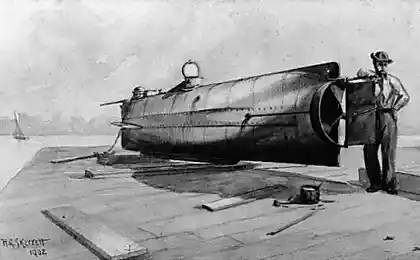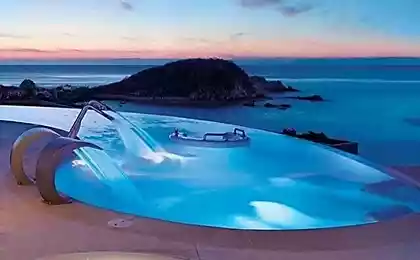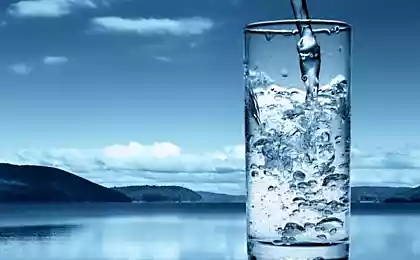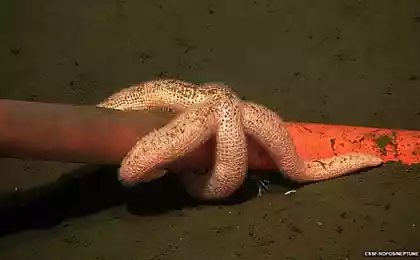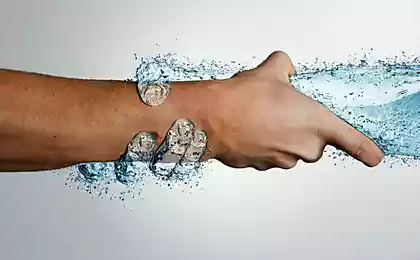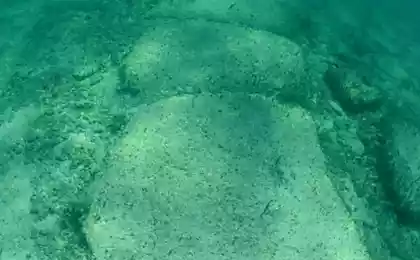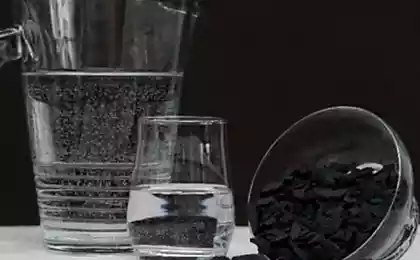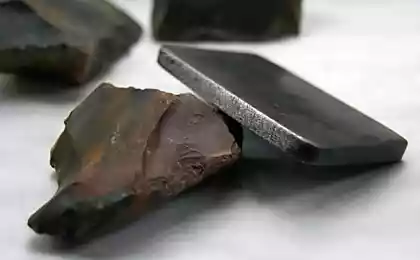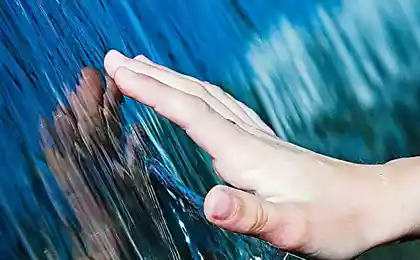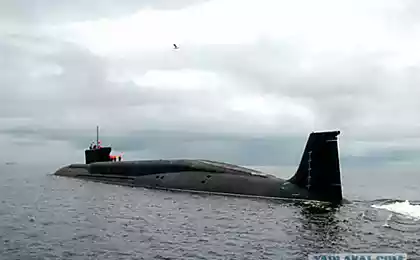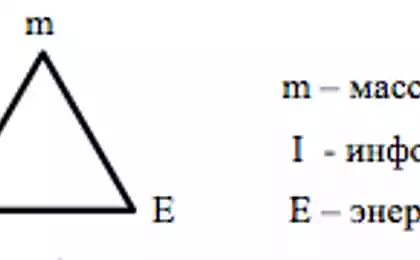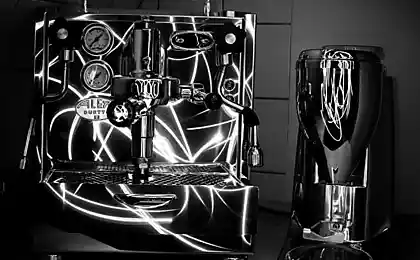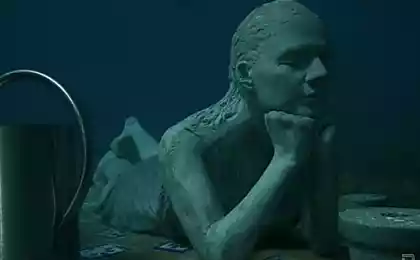1456
Underwater Sculpture
Known British sculptor and diving instructor Jameson Taylor managed to surprise the world by combining totally incompatible things. He creates his creations made of cement for marine structures and stainless steel and puts them under water. To his credit more than 500 sculptures, many of which are in an underwater art museum in Cancun. The sculptures are arranged in an open shallow water, to provide free access to divers and snorkov to the works, as well as tourists on the glass-bottom boat. Viewers are invited to discover the beauty of our planet and to evaluate the processes of evolution of the underwater reefs.
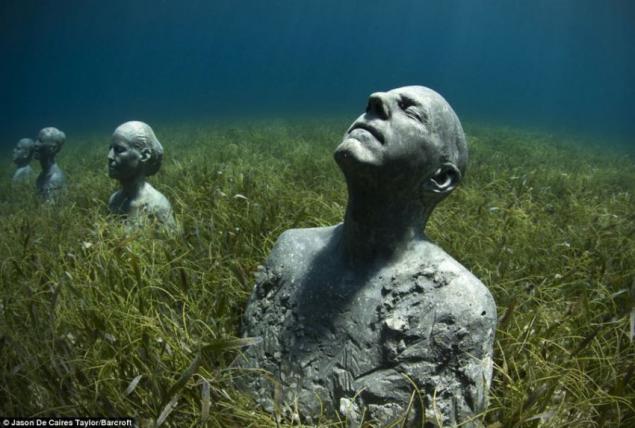

Jason Taylor was born in 1974. He spent his childhood in Europe, Asia and the Caribbean. Educated, he was in the south-east of England, in 1998. He graduated from the College of Arts Kamberuellsky, University of the Arts London, department of sculpture and ceramics. He is also a qualified scuba diving instructor, scuba naturalistikoy. It has awards as an underwater photographer with more than 14 years of experience diving in different countries.


In May 2006 he received international recognition for creating the world's first underwater sculpture park in Grenada, West Indies. His underwater sculptures, designed to create artificial reefs for marine life, which, in fact, begin to live in his sculptures. His work is based on the vision of a sustainable future opportunities, portraying human intervention in nature, positive and positive. Building on the tradition of figurative images, Jason Taylor works intended for the general public and are aimed at coverage of environmental problems outside the art world. However, fundamental to the understanding of his work is that it embodies the hope and optimism of renewable and transforms nature.
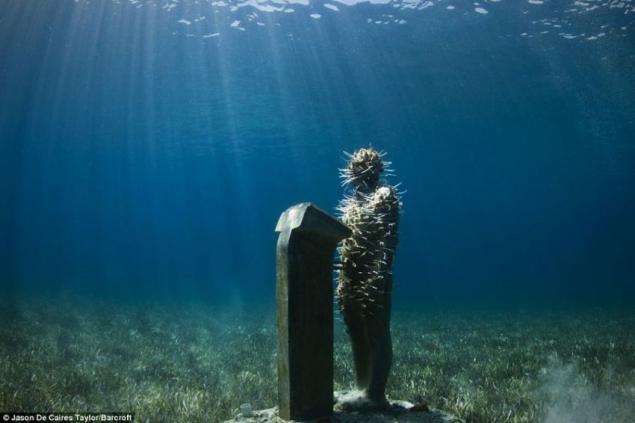
His works become artificial reefs, attracting marine life and offering the viewer a rare sculptures constant change from moment to moment, as the sand on the ocean floor.
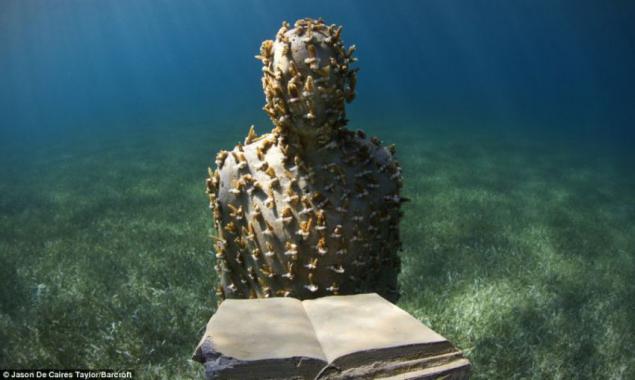
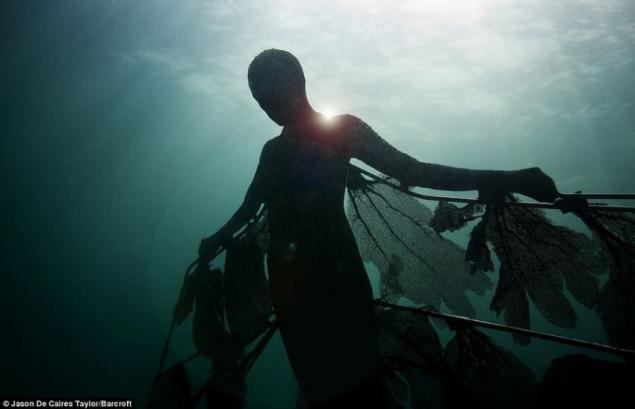
The experience of staying under water is very different from life on Earth. There are physical and optical reasons, which must be taken into account. Objects appear on the 25 percent increase under water and, as a consequence, they appear closer. The colors change as the light is absorbed and reflected with varying intensity, the depth of the water also affects this process. As a source of light for sculptures is sunlight from the surface, this leads to a kaleidoscopic effects, adjustable movement of water flow and turbulence. Water is the medium in which the diver, the viewer can become an active participant in the creation of light effects in the sculptural representation. A large number of angles and perspectives from which the sculpture can be seen greatly increases the unique experience of meeting with the works. Jason currently resides in Mexico, as artistic director of the new underwater museum.


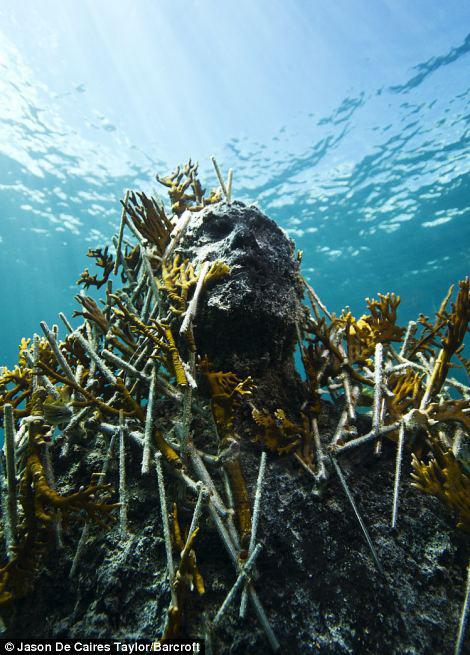
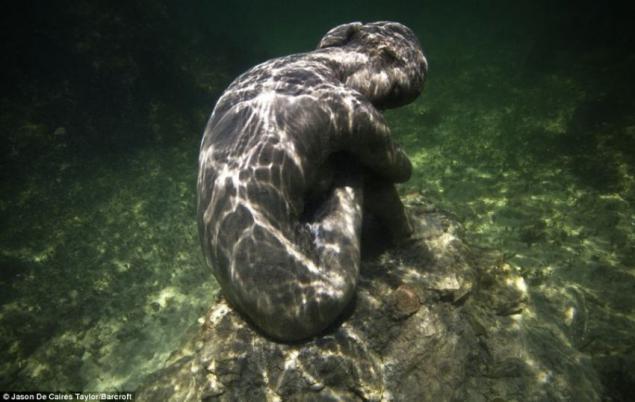
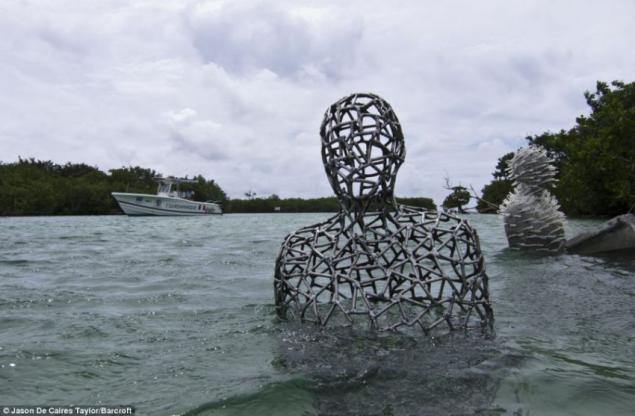


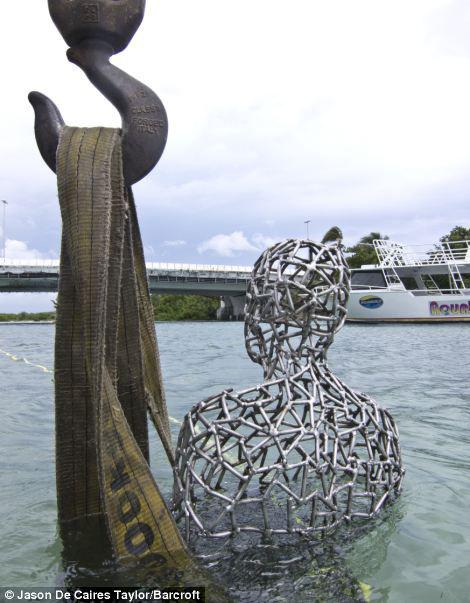
Source: r-active.ru


Jason Taylor was born in 1974. He spent his childhood in Europe, Asia and the Caribbean. Educated, he was in the south-east of England, in 1998. He graduated from the College of Arts Kamberuellsky, University of the Arts London, department of sculpture and ceramics. He is also a qualified scuba diving instructor, scuba naturalistikoy. It has awards as an underwater photographer with more than 14 years of experience diving in different countries.


In May 2006 he received international recognition for creating the world's first underwater sculpture park in Grenada, West Indies. His underwater sculptures, designed to create artificial reefs for marine life, which, in fact, begin to live in his sculptures. His work is based on the vision of a sustainable future opportunities, portraying human intervention in nature, positive and positive. Building on the tradition of figurative images, Jason Taylor works intended for the general public and are aimed at coverage of environmental problems outside the art world. However, fundamental to the understanding of his work is that it embodies the hope and optimism of renewable and transforms nature.

His works become artificial reefs, attracting marine life and offering the viewer a rare sculptures constant change from moment to moment, as the sand on the ocean floor.


The experience of staying under water is very different from life on Earth. There are physical and optical reasons, which must be taken into account. Objects appear on the 25 percent increase under water and, as a consequence, they appear closer. The colors change as the light is absorbed and reflected with varying intensity, the depth of the water also affects this process. As a source of light for sculptures is sunlight from the surface, this leads to a kaleidoscopic effects, adjustable movement of water flow and turbulence. Water is the medium in which the diver, the viewer can become an active participant in the creation of light effects in the sculptural representation. A large number of angles and perspectives from which the sculpture can be seen greatly increases the unique experience of meeting with the works. Jason currently resides in Mexico, as artistic director of the new underwater museum.








Source: r-active.ru
